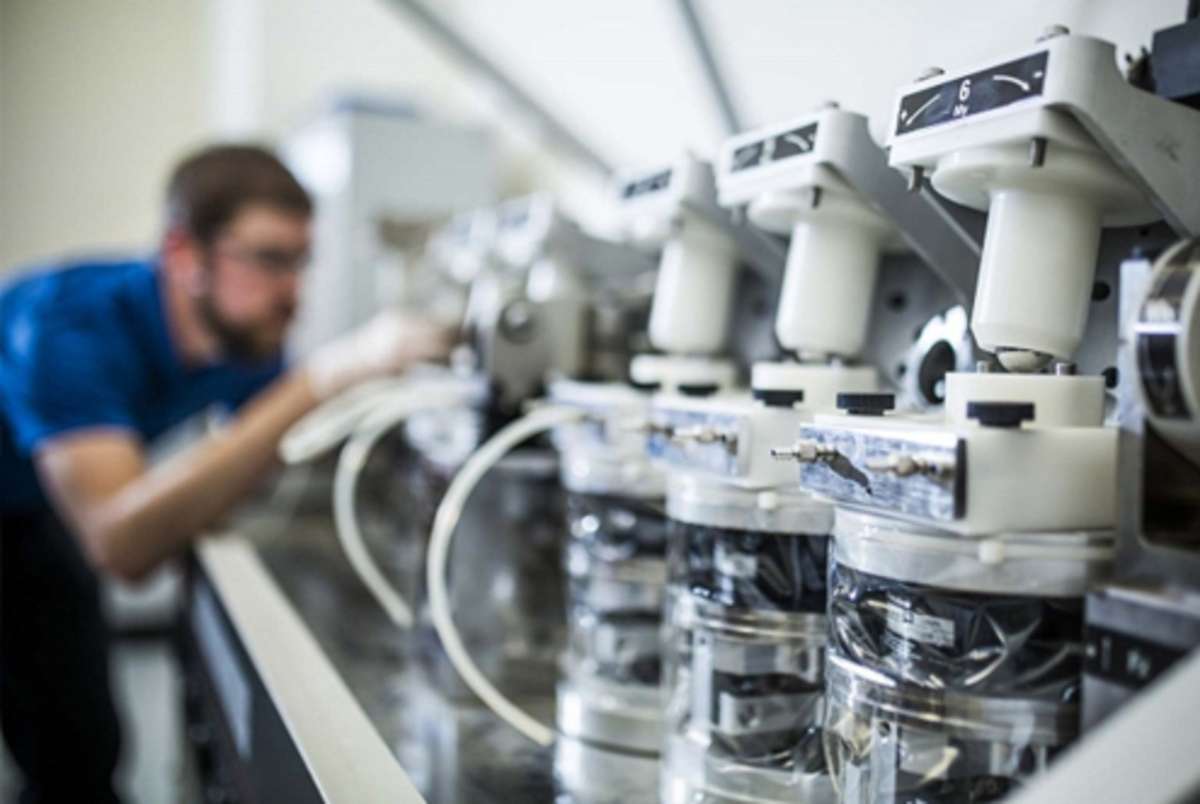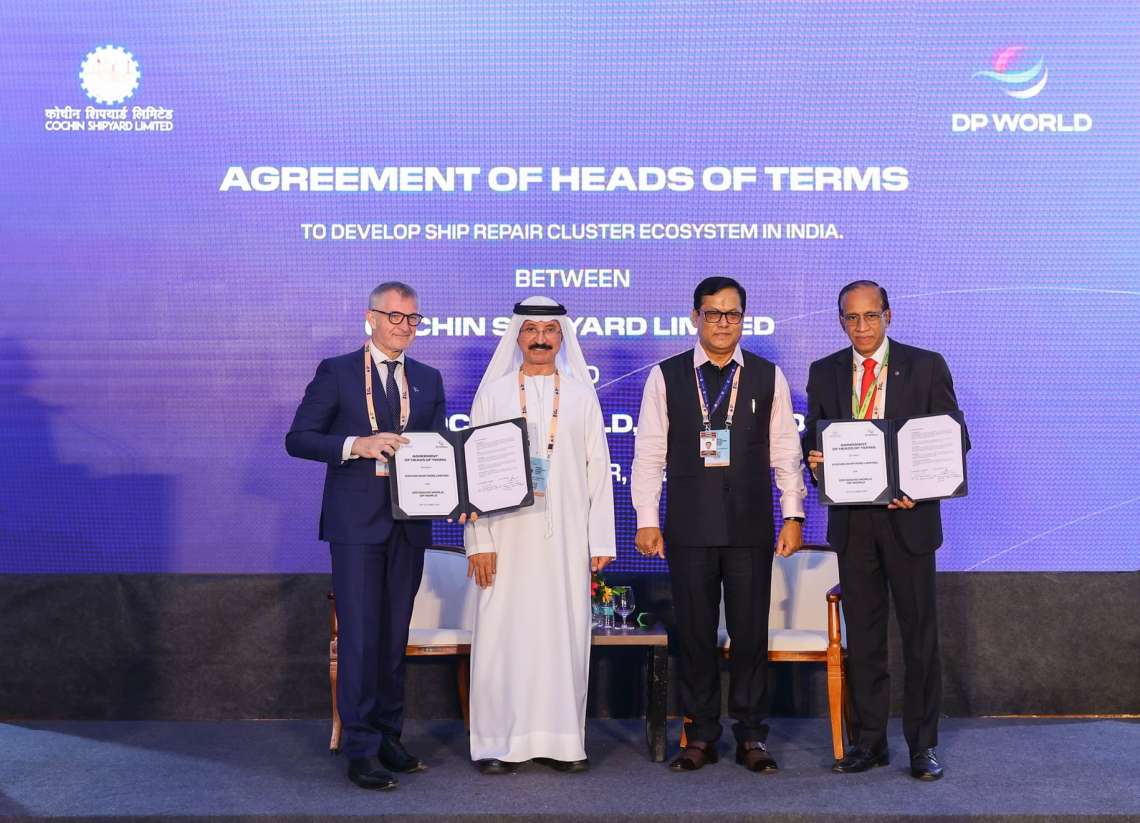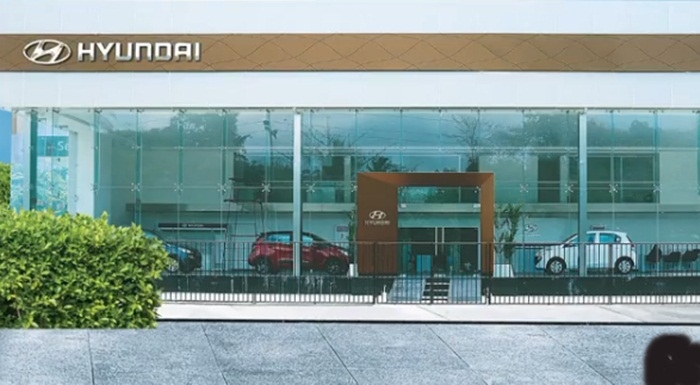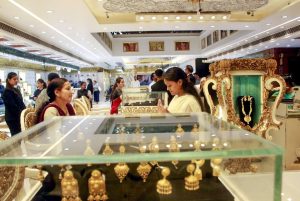Sadly, with over two years of Prime Minister Narendra Modi’s call for self-reliance Aatmanirbhar Bharat, India’s trade deficit with China is on high rise…reports Asian Lite News
The country is witnessing large-scale imports of medical devices, mainly from China which defeats the government’s policy of self-reliance as well as closure of several Indian units, is the view of the medical devices makers.
The 80 per cent import dependence can be cut down to 30 per cent with proper prescription, the industry lobby body said.
The medical devices imports continued to grow at an “alarming” level by 41 per cent in FY22. India imported medical devices worth Rs 63,200 crore in 2021-22, up 41 per cent from Rs 44,708 crore in 2020-21, as per data from the Union Ministry of Commerce and Industry, said Rajiv Nath, Forum Coordinator, Association of Indian Medical Device Industry (AiMeD).
According to him, China remained the top import source for India as medical device imports from China grew 48 per cent from Rs 9,112 crore in 2020-21 to Rs 13,538 crore in 2021-22. Imports from the US also increased steeply by 48 per cent to Rs 10,245 crore in 2021-22 from Rs 6,919 crore in 2020-21. The value of medical devices from China was nearly the same as the combined value of imports from Germany, Singapore and the Netherlands in 2021-22.
“It has led to domestic industry players shutting shop as the local industry cannot compete with cheaper Chinese imports. This is a lost opportunity for Indian Manufacturers to grow and compete globally but saw with dismay dumping of Chinese imports when duties were slashed to zero per cent,” Nath said.

Sadly, with over two years of Prime Minister Narendra Modi’s call for self-reliance Aatmanirbhar Bharat, India’s trade deficit with China is on high rise. The overall trade deficit with China widened to a record $72.9 billion in 2021-22, he added.
“If the Government implements even 70 per cent of the recommendations recently made by the Parliamentary Committee on Health, we can see a reversal on the import dependence and growth of the domestic industry which will bring in affordable wider access to medical devices leading to better healthcare delivery. We are very optimistic and hope that we can realise our vision to be among the top five Manufacturing Hubs in the world for medical devices,” Nath remarked.
AiMeD has the following Budget recommendations to end the 80-85 per cent import dependence forced upon India and an ever-increasing import bill of over Rs 63,200 crore:
1. We are more than hopeful and positive that the government will act upon the request of the Indian Medical Device Industry for a Separate Department of Medical Devices. This key strategic need has also been recommended by the Parliamentary Committee on Health.
2. AiMeD urged the government to consider shifting from an eight digit HS Code to a 10 Digit HS Code as done by USA and Europe to give more granular data for enabling better analysis and policy making.
3. As done for mobile phones, the government should protect the manufacturing base in India by increasing Basic Custom Duty on import of Medical Devices to at least 10 to 15 per cent from current 0-7.5 per cent duty though WTO Bound rate is mostly 40 per cent. Due to such low custom duty India is importing Rs. 63,200 crore of medical devices and is over 80 per cent import dependent. This 80 per cent can be reduced to below 30 per cent with correct policies as done for mobile phones and consumer electronics.
4. Instead of 18 per cent GST applicable on some medical devices that are not luxury goods, the GST needs to be a flat 12 per cent for all medical devices. Also reducing GST to 5 per cent is making Indian products non-competitive to imports as then manufacturers are unable to keep reduced Ex-Factory prices based on lower input costs net of GST.
5. Trade Margin Monitoring: The purpose of low Duty was to help consumers get affordable access to Devices. This objective is not realised if consumers will be charged a high MRP of 10 to 20 times import landed price. Customs recording of MRP on Bill of Entry will assist to bring in data generation for Policy Making by evidence of a Trade Margin Rationalisation policy for the Manufacturer, Importer so that there is a capping of maximum four times on the Ex-factory price and on import landed price of Indian Distributor (at first point of sale viz. when GST/ Import Duty is 1st levied on entering into the market).
“The Indian medical devices industry has the potential to reach $50 billion by 2030. We request kind consideration of Govt. of India for encouraging domestic manufacturing to be sustainable in long term for becoming Aatmanirbhar and to address National Healthcare Security needs exposed at the onset of COVID and for Ease of Doing Business,” Nath said.













